No matter how far they can travel, any salesperson can sell a product well anywhere in the world if they have the right tools. In the same way, technology lets businesses manage teams spread out and keep employees in touch, even if they work from home.
There is no longer a need to meet someone in person and give them a firm handshake to make a deal worth six figures. Finding out which option is most suited to your needs might be challenging and time-consuming work.
The following is a rundown of the essential pieces of software that must be used for you to be successful with remote sales.
Contents of Post
1. Airtable:
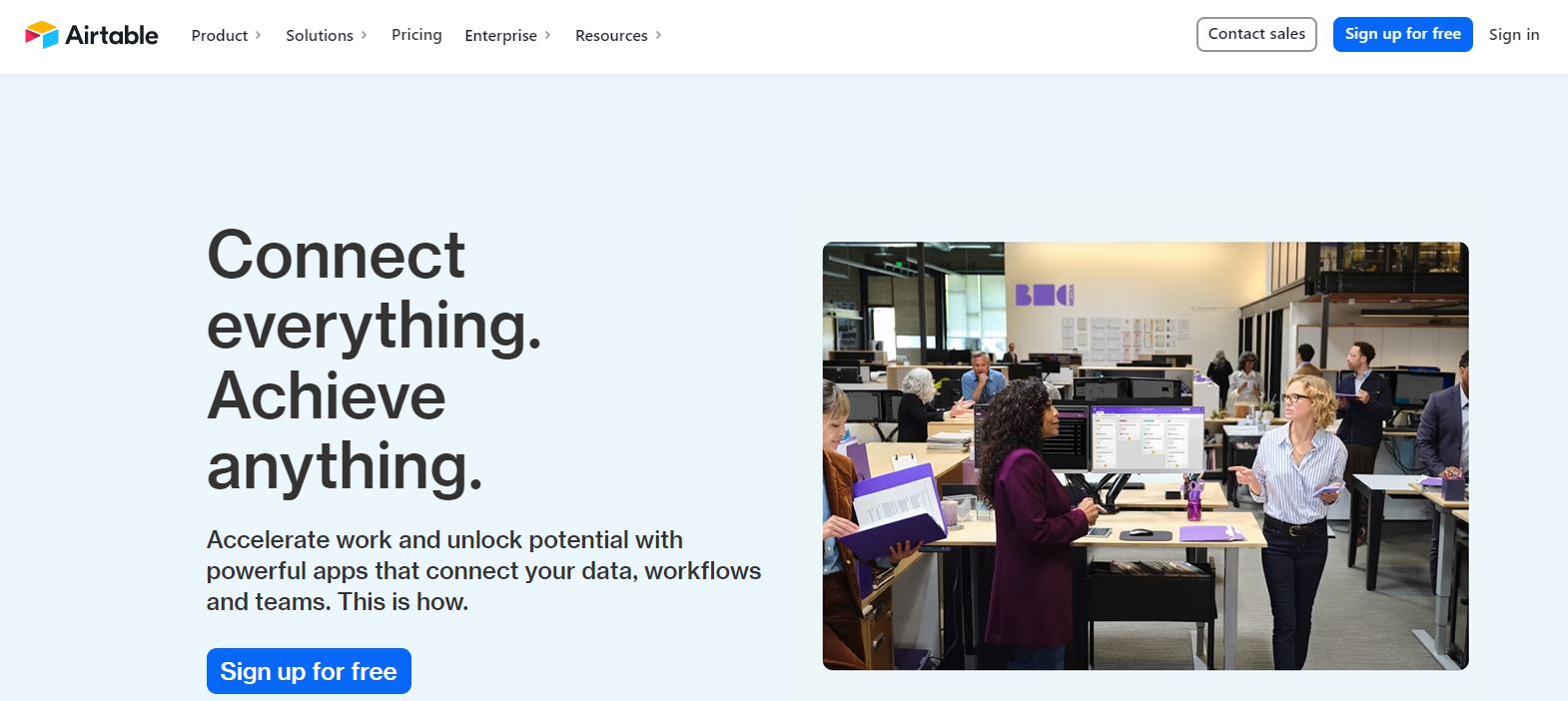
In this step, the database and the spreadsheet will be put together. Thanks to the mobile and desktop apps that come with Airtable, it’s easy to make changes, post comments, and talk with other users in real time. Whenever a change is made, the user’s devices are updated immediately.
2. Fuze:
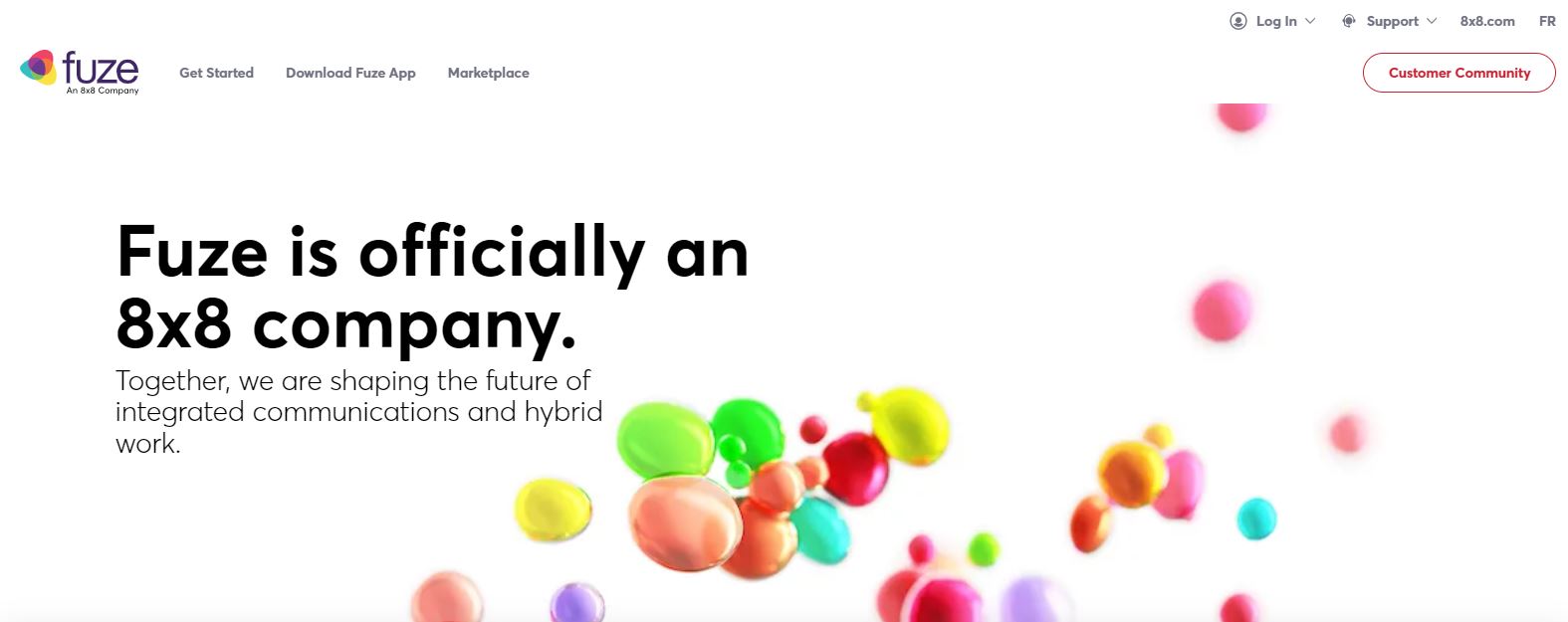
Fuze is a platform for business software that offers global cloud communications and tools for working together. Fuze’s smart platform has an easy-to-use user interface, making it easy to switch between audio, video, messaging, and content distribution.
3. Howspace:
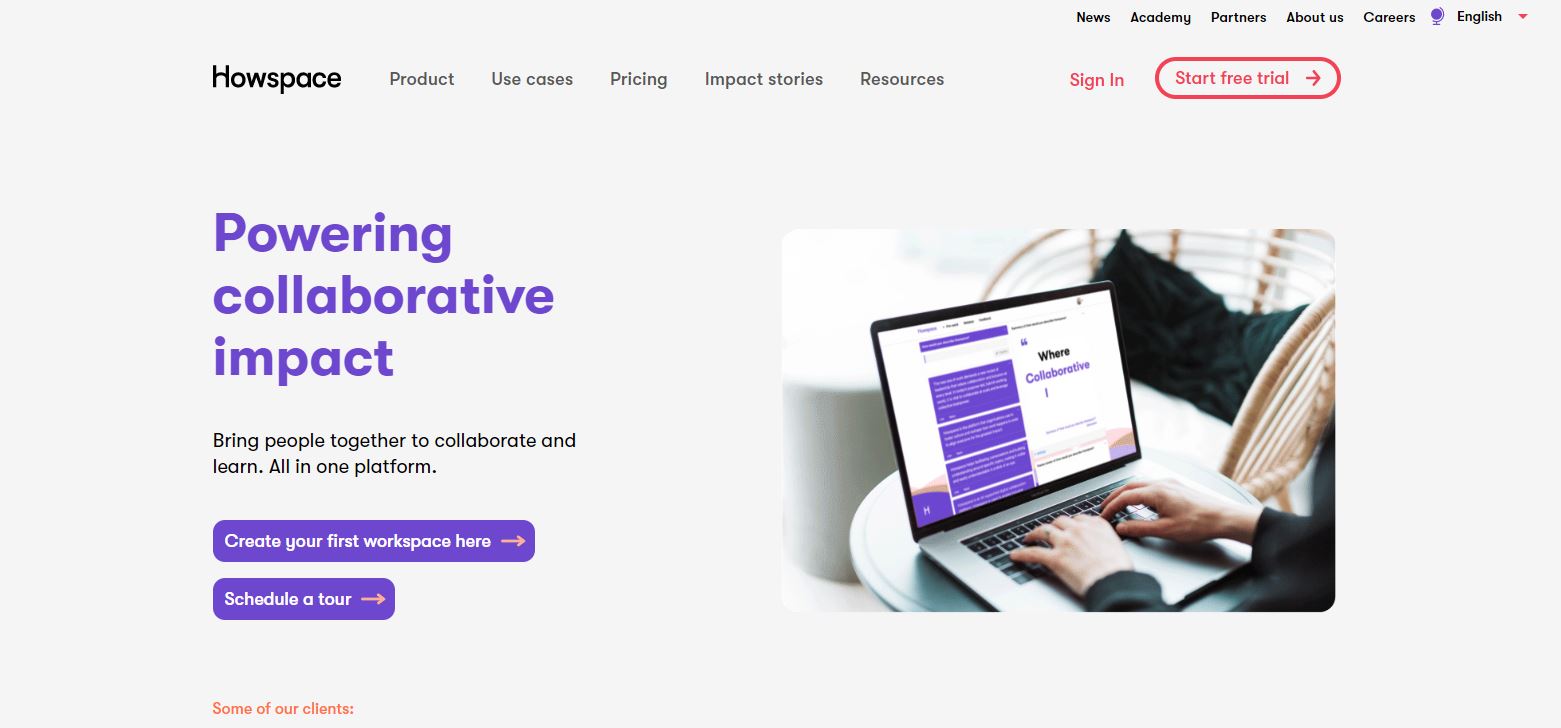
The team’s goal that made Howspace was to make it easier for people to work together on projects related to professional learning and organizational growth. With its help, you can set up shared workspaces and invite other people to talk and share ideas using any combination of text, video, and still photos.
4. Google Jamboard:
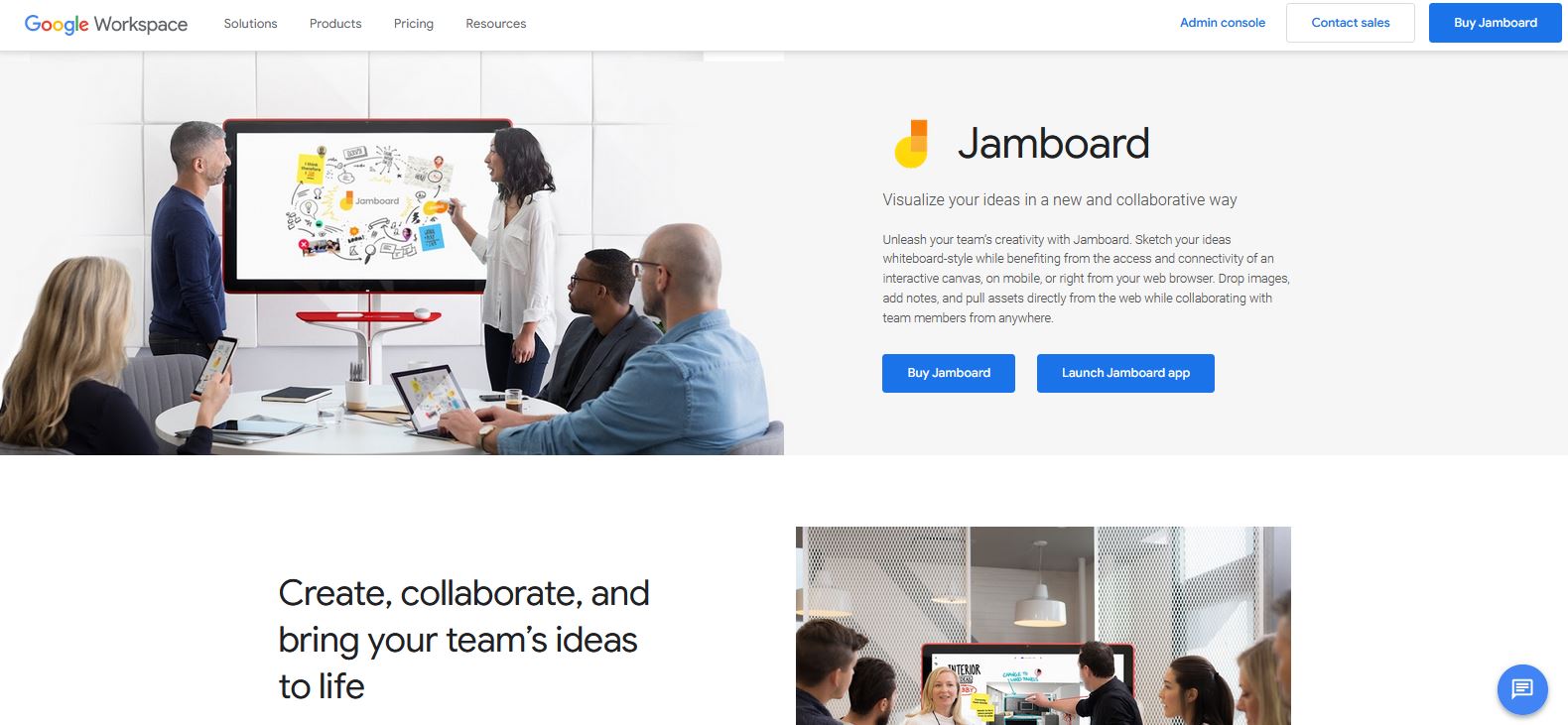
Jamboard was a 55-inch whiteboard that you could write on and draw on. Still, it has been turned into an app that lets people work together in groups and classrooms in a whole way. There used to be a physical version of Jamboard. You can use your smartphone to make digital whiteboards that you can draw on and share with others.
5. Miro:

Miro’s online collaborative whiteboard platform lets users do cross-functional brainstorming and discovery. Among other things, the platform can be used to make customer journey maps, wireframes, and roadmaps. It works with popular apps like Slack, Dropbox, and Google Suite.
6. Thought:
The idea is a workspace that combines the functions of several different applications made for teamwork in one place. The application gives you a shared space where you can work together to manage documents, projects, and notes.
7. Seat Slide Decks:
Seat Slide decks and presentations are the tools salespeople use most often. The seat is a cloud-based presentation platform for sales teams that lets users make, change, present, share, and manage their presentations. It brings decks into the digital age.
8. Slack:

Slack has quickly become a central place for teams to work together because it focuses on real-time chat and file sharing. In addition to saying that it can replace email, the program connects to hundreds of other apps and services to make things run more smoothly.
9. Tandem:
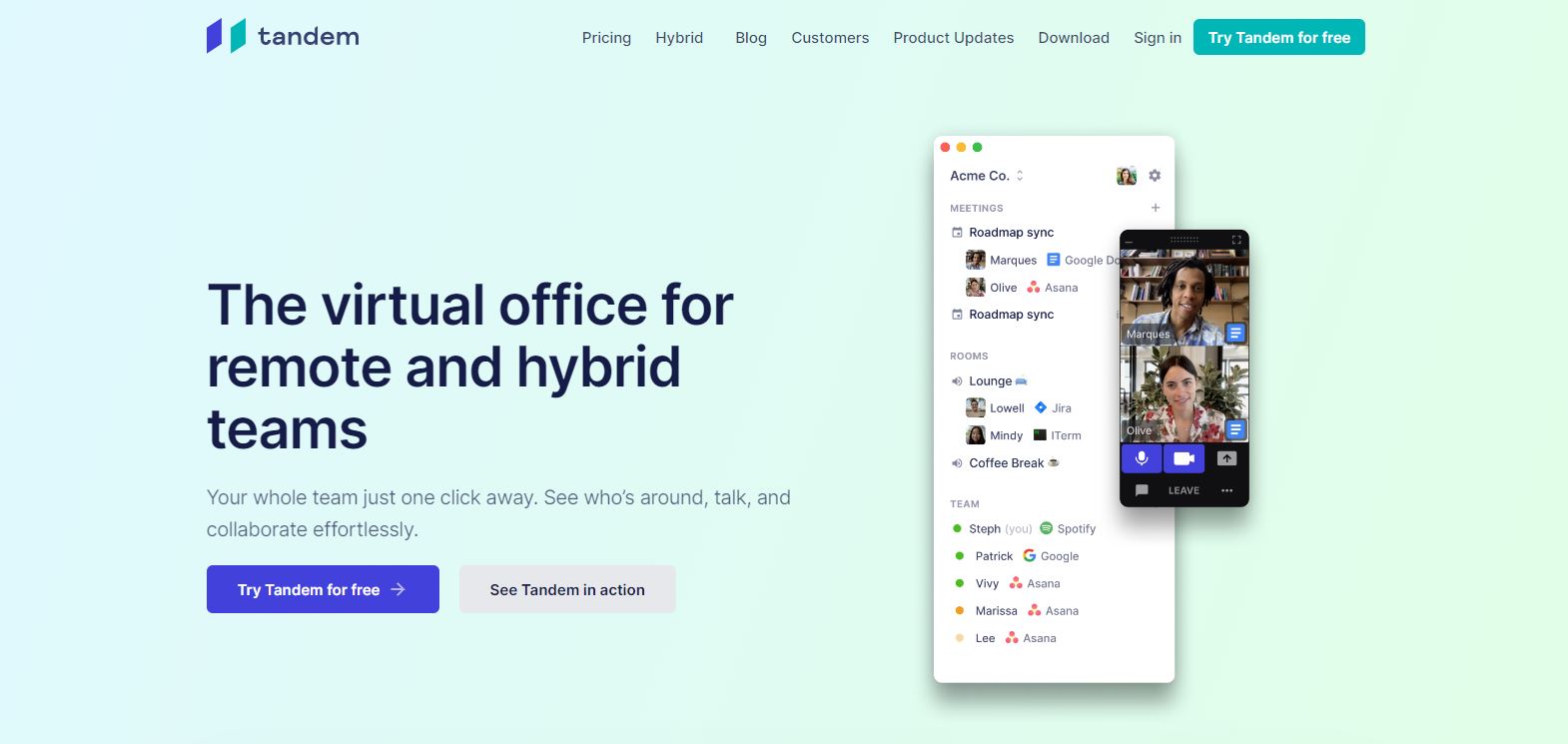
Tandem is made to work as a virtual office for teams that work in different places. It makes it easier for people to work together by giving them easy-to-use options for screen sharing and video conferencing. Its connections to these apps ensure that tandem works with the most popular apps used in every workflow.
More and more people are using sales teams that work from home. Software for video conferencing is the main tool that most remote teams use. Audio and video quality in today’s technology is very good, which makes it easier for remote workers, potential customers, or other outside stakeholders to talk to each other, even if they can’t travel.
File sharing, whiteboards, and screen sharing are a few of the extra features that some applications offer on top of video conferencing. These extra features made it easier to work together and get more done. Different kinds of software can be used to make it easier to manage projects and share information and documents.
Some suppliers have interfaces with marketing automation and customer relationship management software. It keeps important company data and conference information in sync and makes it easier to keep in touch with contacts and update their accounts.
Conclusion
“Remote sales” and “working alone” are not the same thing. With the help of today’s technological tools, team members can talk to each other, work together, and share their knowledge.
That being said, it is a simple task. We think that more and more people will use technology that lets them work together and sell things from far away. Salespeople don’t have to go to the offices of potential customers anymore because they have access to a wide range of technology that lets them be productive and build trust with customers from a distance. Task management, online video meetings, whiteboards, and decks are some of these technologies.

